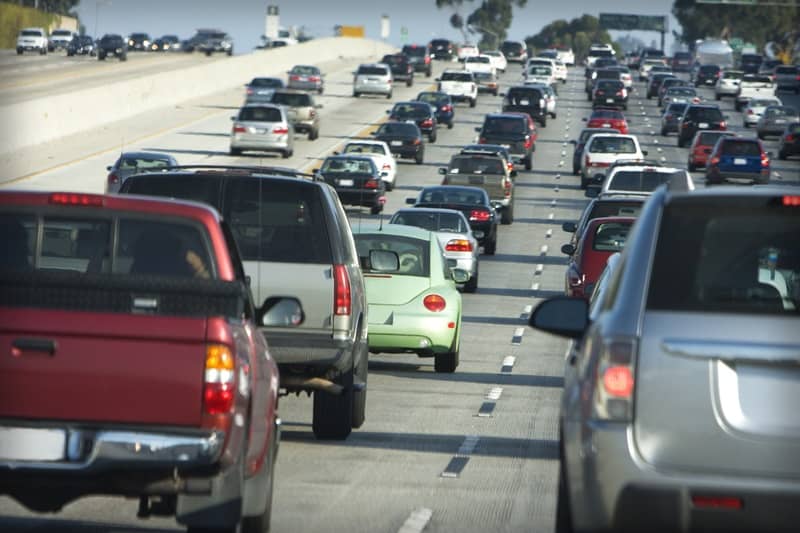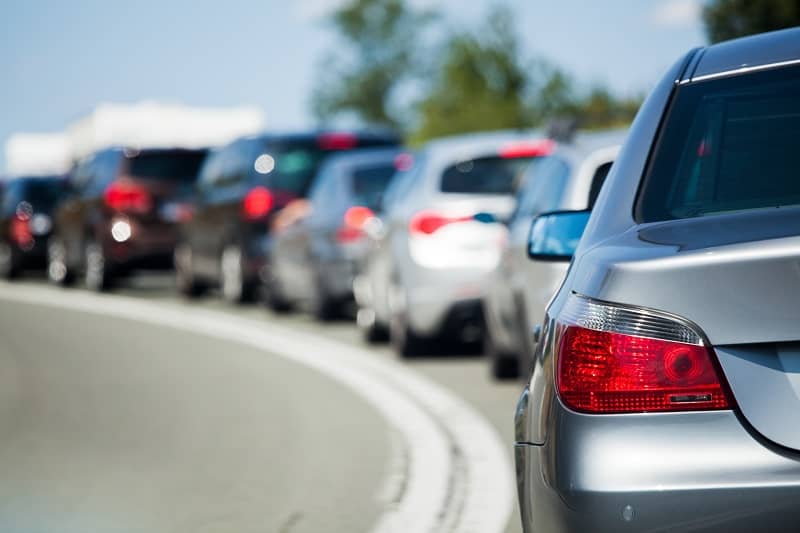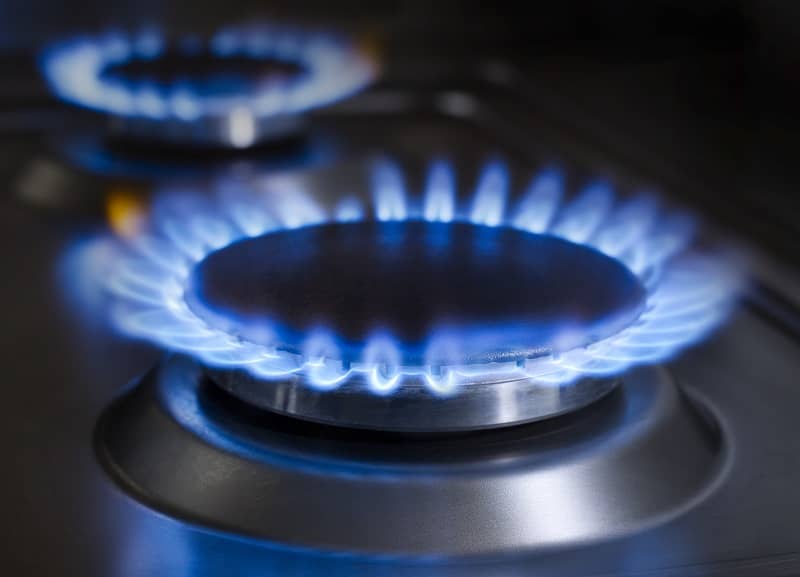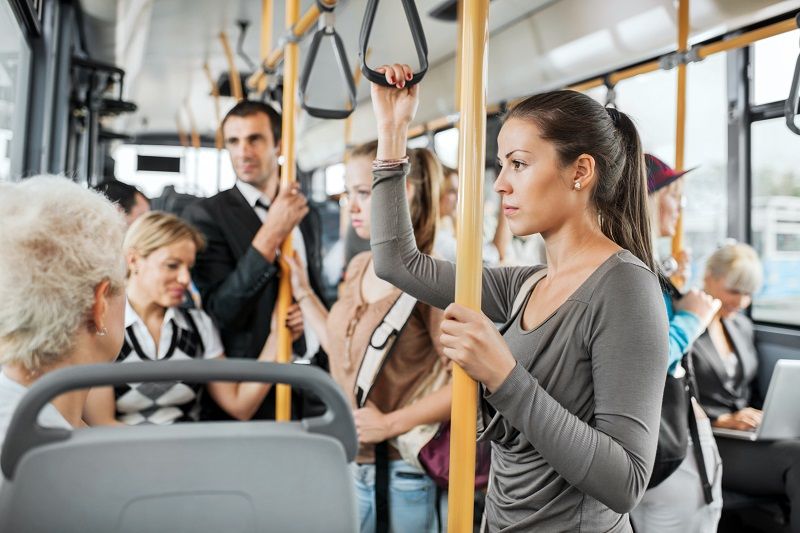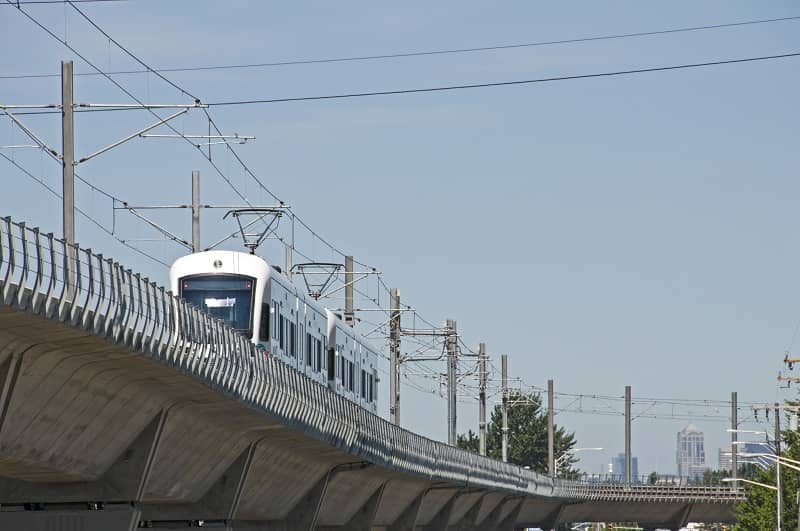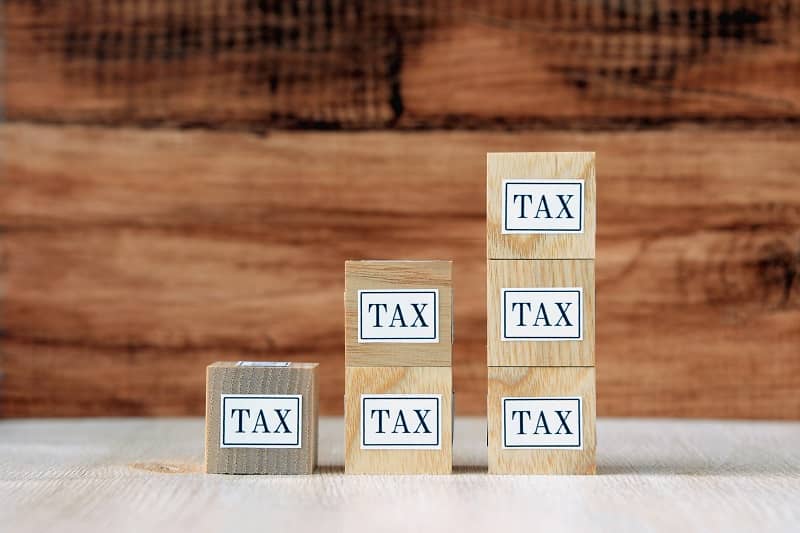
Summary
Clark County’s new hybrid buses are costing lots of green for local taxpayers. The hybrids offer neither significant fuel efficiency gains nor significant emissions reductions but cost about 45% more. Over the lifetime of the buses, taxpayers will pay an additional $4.7 million dollars without any environmental benefit.
Word count: 687
Clark County, Washington’s transit agency, C-Tran, recently announced that it is now running a little over 10 percent of its bus fleet on hybrid engines. The agency recently purchased 12 new hybrid diesel buses from the Gillig Corporation in San Francisco.
The hybrid buses cost $650,000, compared with $450,000 for standard diesel buses. In addition to the higher initial cost, the hybrids have a large battery that needs to be replaced every 6 years at a price of $34,000, plus labor. Also, because of the lower floors on the bus, the hybrids hold 35 seated passengers instead of the 45 that non-hybrid buses carry.
The new hybrid buses boast 6.8 miles per gallon versus 5.2 for non-hybrid buses. Higher gas mileage seems great for the environment and for the country’s dependence on foreign oil, but is this extra 1.6 miles per gallon worth the exorbitant initial cost and loss in capacity?
Financially, the answer appears to be “no.” Hybrid buses have a lifespan of 12 years, since 12 years is the full depreciation figure given by the federal government. At the current rate of diesel prices, the hybrid buses would need to be in service for over 31 years just to break even with the non-hybrid buses. Since the buses will be decommissioned long before 31 years, it is clear that this is not cost effective. Of course, diesel prices are not expected to stay constant at 2008 levels. In order to break even in the 12-year lifespan of the hybrid bus, diesel prices would need to increase $1.50 every year, reaching a price of $21 per gallon. To put that in perspective, diesel prices have only increased an average of $0.21 a year since 1994. Thus, it is unlikely that changes in fuel costs will justify the higher cost of the hybrids.
The capacity issue is also important when evaluating costs and efficiency. Since each hybrid bus carries 10 fewer passengers, the 12 new hybrid buses create a capacity shortage of 120 passengers. If standard buses were purchased instead, only 10 buses would be needed to meet demand. Over the lifespan of a bus, this would save taxpayers the cost of two hybrid buses and two full-time bus driver salaries, which total over $2.3 million dollars.
Also, while a hybrid bus over the course of a year may use 2,000 gallons of diesel less than non-hybrids, the fuel efficiency gains virtually disappear because of the lower capacity. The most consistent way to evaluate the energy efficiency of the hybrid buses is to compare the passenger miles per gallon (PMPG), defined as the number of passengers per bus times the distance travelled. The non-hybrids have an average PMPG of 41.3 compared to 42.1 of the hybrids. Due to the reduced seating, the hybrid buses are only 2% more fuel efficient than their non-hybrid counterparts.
Since the purchase of hybrid buses is obviously not about saving money through fuel efficiency, the point of the purchase is apparently to create a green image for C-Tran. In fact, the agency admits it. According to the marketing director for C-Tran, the hybrid conversion “is really about the green effect. It may pay off in many years but if not…—at least it is green. Green is very popular; they [transit users] love them [hybrids].”
However, there are many other “green” alternatives that cost a lot less, including using ultra-low sulfur diesel (ULSD) and biodiesel to decrease emissions. Not only can cleaner fuels inexpensively reduce emissions, but technological upgrades to current buses can reduce exhaust emissions by up to 90 percent. In Oregon, Tri-Met is currently retrofitting 45 of its buses at a cost of only $9,600 per bus.
Clark County’s plan for going green is costing lots of green for local taxpayers. The hybrids offer neither significant fuel efficiency gains nor significant emissions reductions but cost about 45% more. Over the lifetime of the buses, taxpayers will pay an additional $4.7 million dollars without any environmental benefit. Pursuing sensible sustainability that is cost effective and provides a real benefit is important. “Green” projects should be based on performance, not on perception.
[ —> View chart on second page of PDF version ]
Attention editors and producers:
Cascade Commentaries are provided for reprint in newspapers and other publications, with credit given to author(s) and Cascade. Contact Cascade to arrange print or broadcast interviews on this commentary topic.
Electronic text files are available online at www.cascadepolicy.org.
Please contact:
Nancy Wheaton
Cascade Policy Institute
4850 SW Scholls Ferry Rd.
Suite 103
Portland, Oregon 97225
Phone: (503) 242-0900
Fax: (503) 242-3822
www.cascadepolicy.org
info@cascadepolicy.org
Cascade Policy Institute is a tax-exempt educational organization as defined under IRS code 501(c)(3). Nothing appearing in this Cascade Commentary is to be construed as necessarily representing the views of Cascade or its donors, or as an attempt to aid or hinder the passage of any bill before any legislative body. The views expressed herein are the author’s own.


